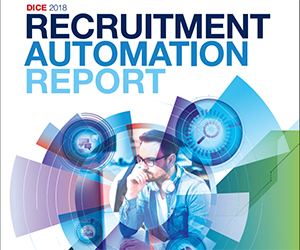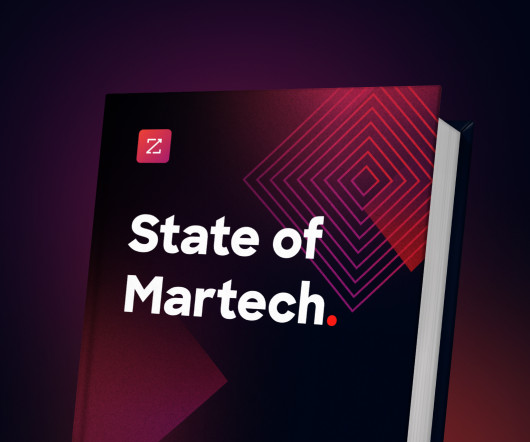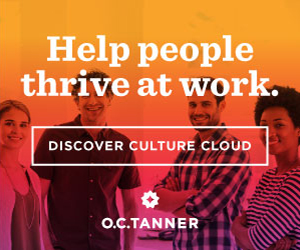World of HR: Office occupancy in Europe is rising, report finds
HR Brew
JULY 25, 2024
Additionally, 33% of companies reported office utilization of 40% or less, versus 48% in 2023. Regardless, 43% of employees are going into the office at least three days a week, up 6% since 2023; 39% report to the office two days a week. Office attendance is rising, but 30% of companies said they’ll take steps to bring in more workers.























































Let's personalize your content